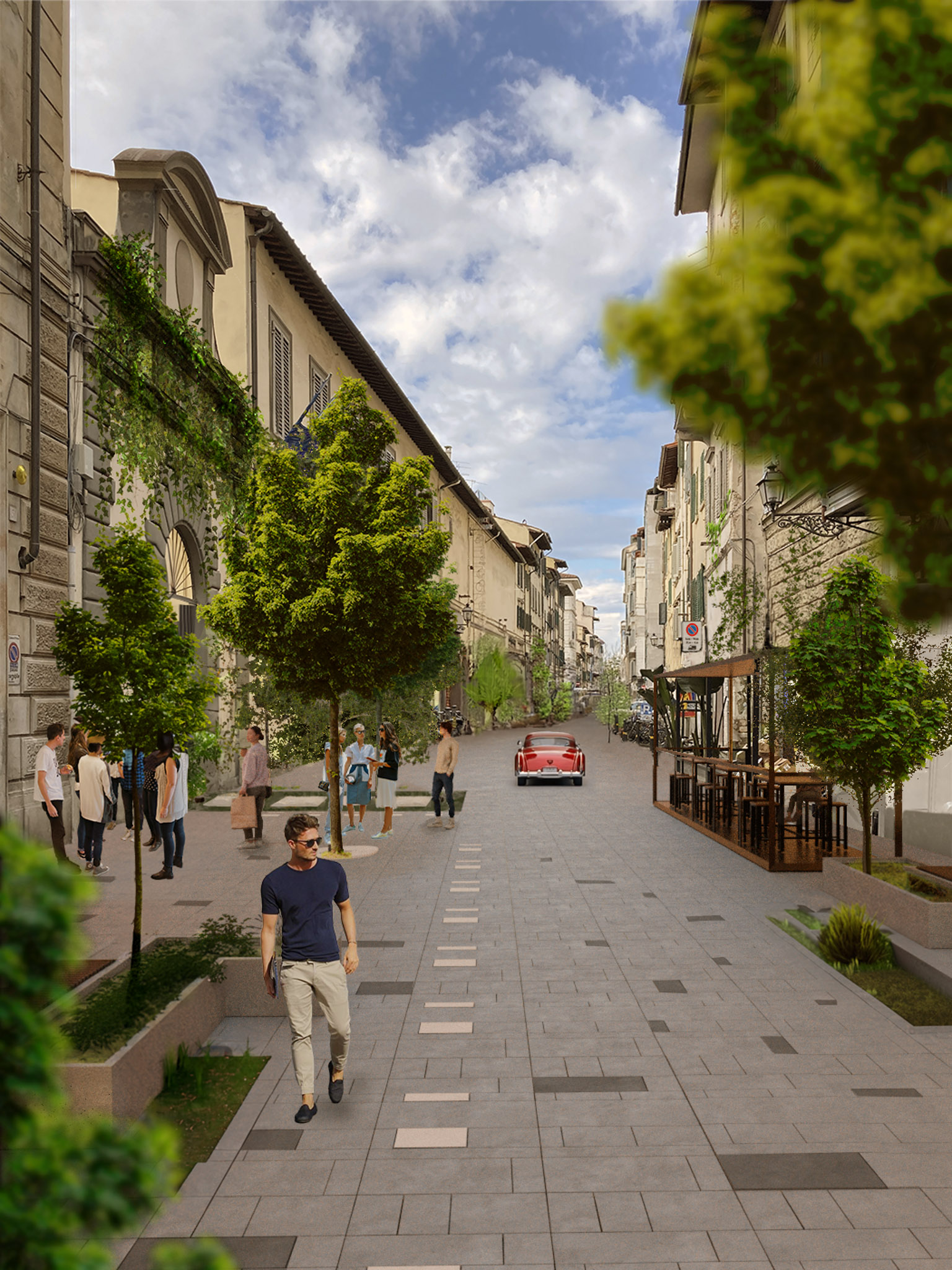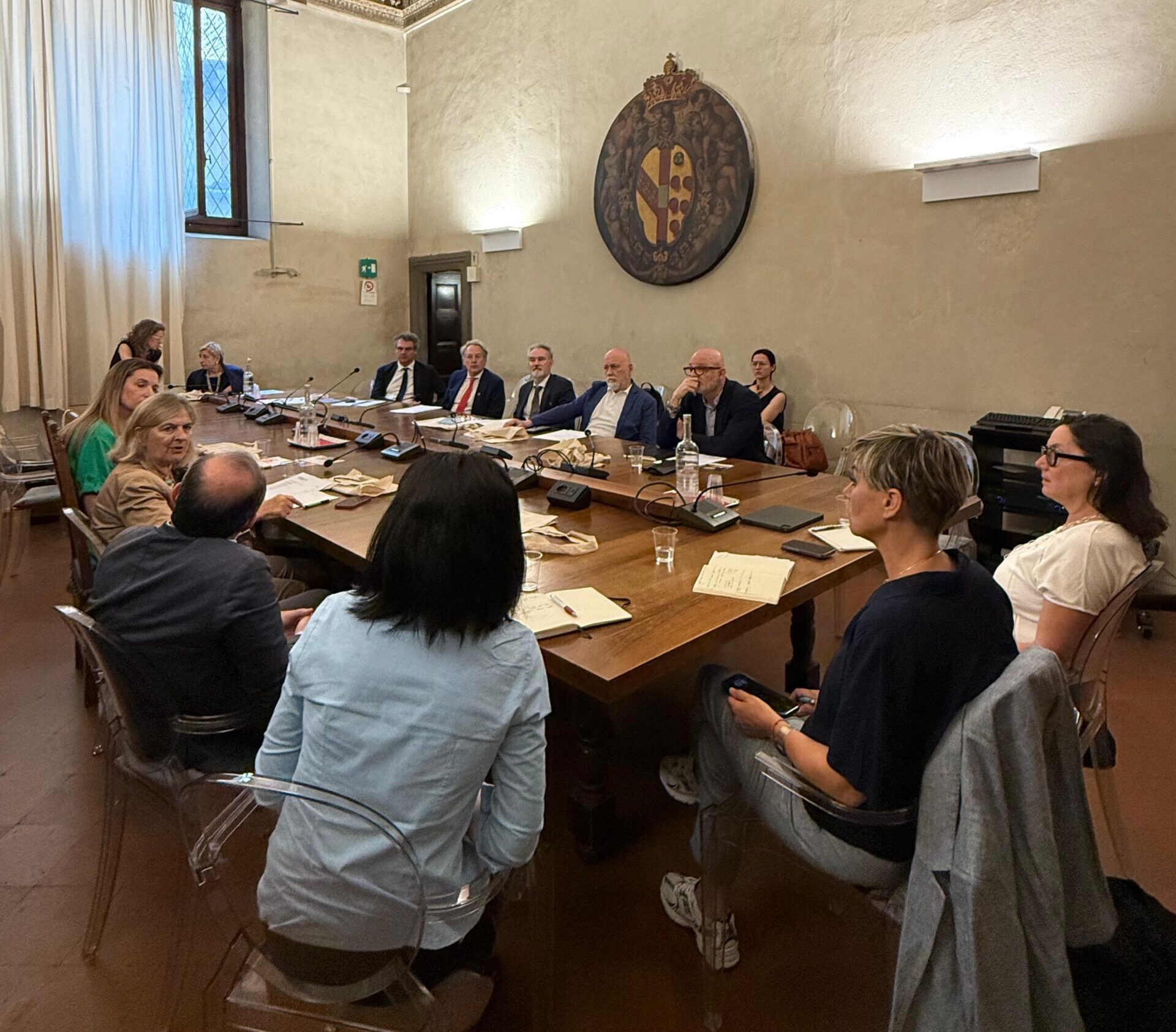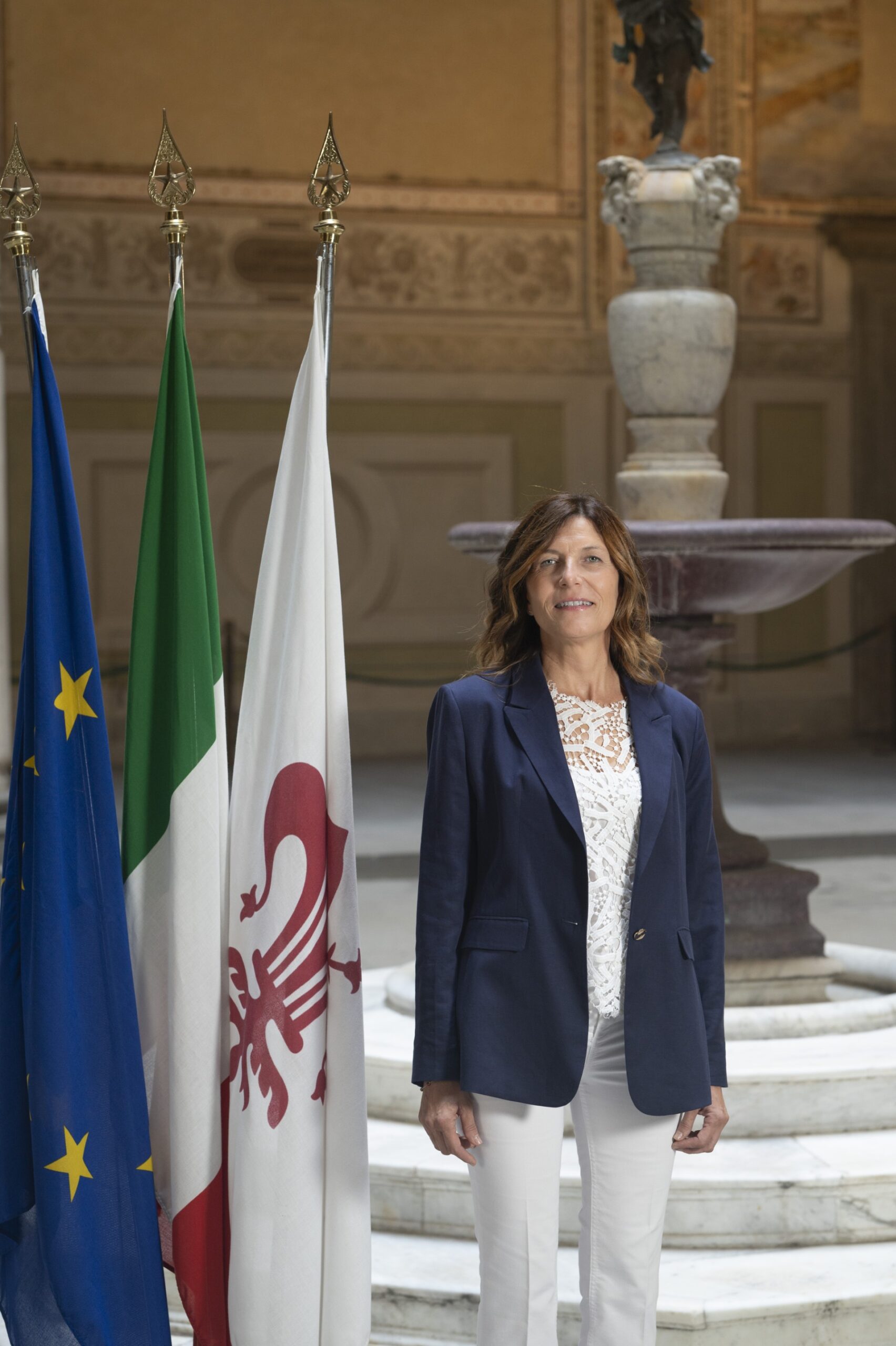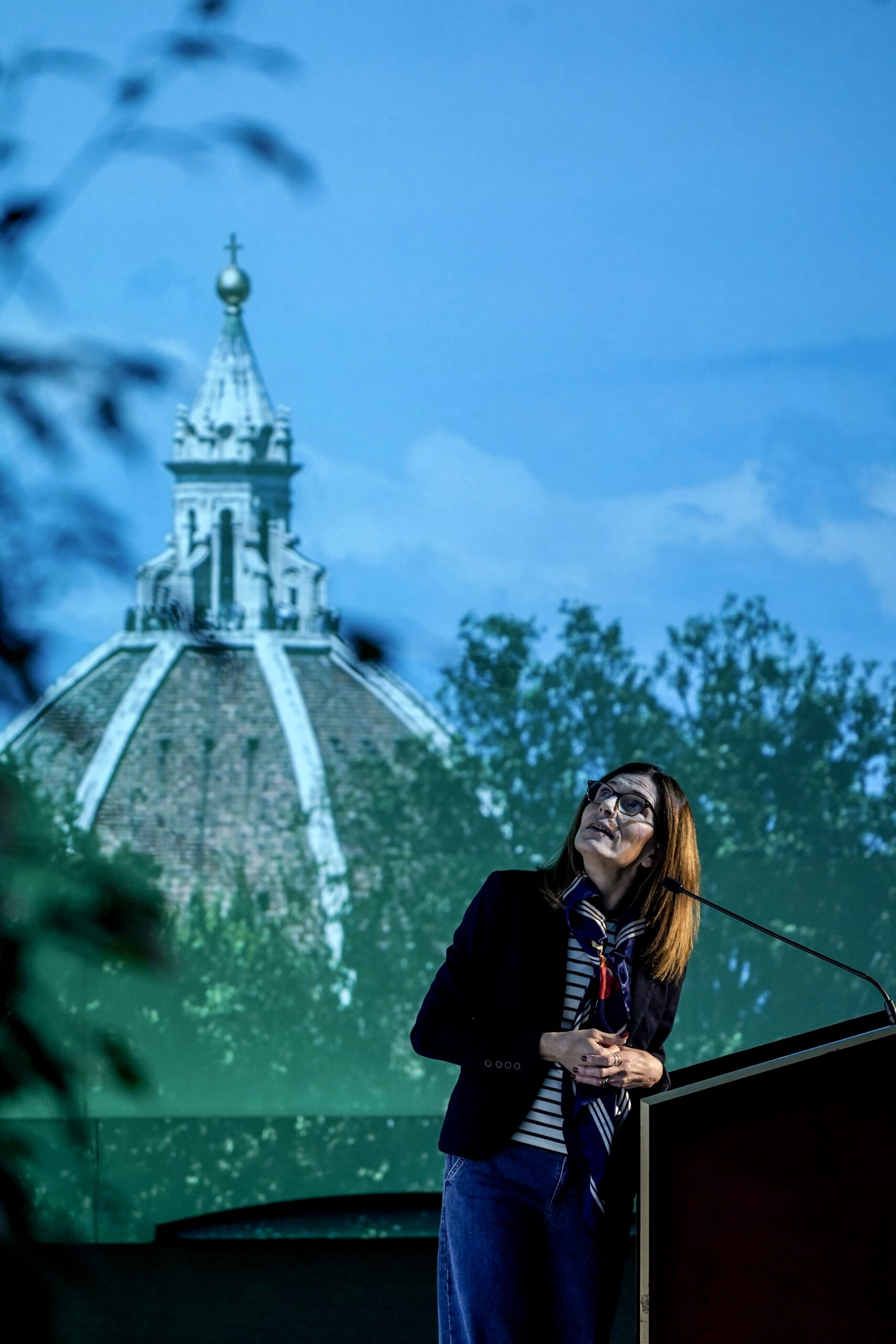Florence is known worldwide for its artistic and cultural heritage, but it’s also a city that invests significantly in urban greenery. What is the city council’s vision on the role of greenery in the daily lives of citizens and in welcoming visitors?
We live in the midst of a climate crisis, the effects of which are having a particularly severe impact on cities. Therefore, greenery can no longer be seen as mere street furniture but as a true urban infrastructure that can help us mitigate and counteract what we are experiencing. Investing in greenery means putting people’s well-being at the centre, especially in terms of both physical and psychological health, but it also means caring for our artistic and cultural heritage. The effects of the climate crisis are affecting monuments and works of art as well, making it difficult to enjoy our heritage, particularly at certain times of the year, such as the summer. Our city already has a lot to say on this: let’s start with a tree cover of 30.5% of the city’s total surface area, a comforting figure and in line with the minimum objectives identified internationally to respond to the negative effects of climate change, and an average area dedicated to public green spaces under the municipality’s responsibility of 24 square metres per inhabitant.
In recent years, the topic of sustainability has become central. How is Florence working to combine the protection of its historical and artistic heritage with the enhancement of green spaces?
Greenery is an integral part of our city’s artistic and cultural heritage. The images that visitors preserve and take home are certainly those of our monuments, but tree-lined avenues, green hills, historic and contemporary gardens also have ample space. For those who govern the city, caring for the approximately 80,000 trees owned by the Municipality, in addition to those owned by public and private entities, has always been a priority, but today it has become the challenge of our time. The climate crisis is making cities inhospitable, with extraordinarily intense and unpredictable weather events, extreme summer heat and winter drought, to name a few. The mitigation and adaptation actions we are implementing aim to put the well-being of the people who live in Florence at the centre and do our part in the global challenge we are experiencing, knowing that in this way we also preserve the possibility of enjoying our artistic and cultural heritage, which belongs to all humanity.
The Cascine Park is considered the green lung of Florence and one of the most important historic parks in Italy. What are the most significant projects underway or planned to make it increasingly accessible, safe, and attractive for both Florentines and tourists?
Through the Fondazione Cascine Bene Comune, which is part of the electoral programme we’re currently working on, we want to put the park back at the centre of city life. Despite some critical issues we’re well aware of, the Cascine Park is already a vibrant place: markets, festivals, concerts, and sports. It’s a historic park with a very contemporary feel that is much loved by Florentines. Yet, its many initiatives are often fragmented and little-known. The challenge will be to enhance the activities that bring the park to life and relaunch new ones, starting with an understanding of its ecological value and its role as a hub for intergenerational gatherings.
The new Green Plan represents a strategic document for the city’s future. What are its main guidelines and objectives?
We drew inspiration from a concept that’s now well-established: 3-30-300. Three trees visible from every window, 30% tree cover, and 300 meters from a usable green area. So, we created an environmental map of the city, viewing greenery as a true urban infrastructure with which to reinterpret the development of Florence. The plan is closely linked to the Municipal Operational Plan, or the city’s urban development, where, for example, we have inserted the requirement for new parking lots to have at least 70% shade provided by greenery. The plan looks to the city’s development over the next twenty years, but for these five years of our mandate, we have set ourselves the goal of increasing tree cover to 50,000 more trees and shrubs, starting with those areas of the city where it’s more needed; de-paving green areas as much as possible; returning nature to the historic centre and creating new outdoor playgrounds and sports areas.






